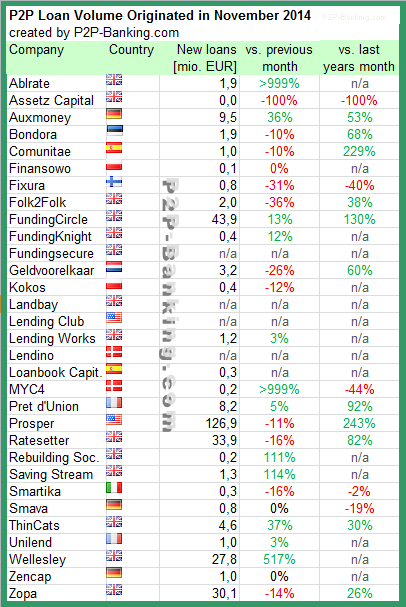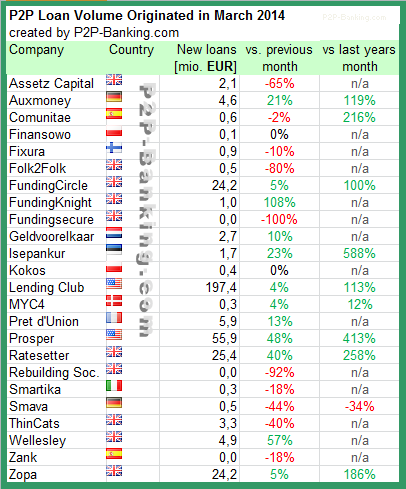This is part II of a guest post by British investor ‘Pete’. Read part I first.
The number P2P / P2B platforms in the UK has increased quite quickly over the past few years and I have currently settled on 3 further UK platforms that suit my needs and I strongly believe will be with us long term. In saying this I am not in possession of any privileged information and I am not by inference making any adverse comment about other platforms.
In alphabetical order
One of the new platforms (launched July 2014) that I have chosen to invest in and so far I have had a very positive experience. Specialising in secured Aircraft leasing and Plant and Machinery I have had the chance to diversify into a market that I knew little about before I started on my ‘due diligence’. The market may be new to me but there is a wealth of responsive experience behind Ablrate and coupled with a website update and promised increasing flow of loans I anticipate that my exposure with Ablrate will continue to grow. One interesting ‘innovation’ available on certain loans is ‘Instant Returns’. With long draw down times on some loans the potential for ‘dead money’ is large, instant returns circumvents this issue.
I have been investing with Assetz Capital since the second quarter of 2013 and have built up a diversified £ five digit portfolio of secured loans which continues to grow1. As with Ablrate there is a good, responsive and experienced team behind the web site, something that has become more than apparent when dealing with the occasional distressed loans that we must all expect when investing. Assetz Capital have big plans for expansion (they have already grown considerably since I started investing) and a relatively recent change to the way loan parts are bought has removed a very large percentage of the ‘dead money’ scenario that many of us early adopters experienced, not universally liked, I for one view it as a very positive move that has helped to push up my return on investment. I look forward to new opportunities this year.
1 I do not invest by choice in the provision fund protected ‘Green Energy Income Account’ preferring to take on the risk in return for a slightly higher returns.
Again I was one of the early adopters and took advantage of some very attractive introductory rates that were offered. The loan and repayment terms suited my needs perfectly for tax planning purposes. Since then the rates have unsurprisingly been lowered and whilst Wellesley & Co have expanded rapidly and their range of investments on offer has expanded I find myself already invested in those areas with other platforms so I am running full term with my current investments whilst keeping an eye open on what is on offer.
I also invest in one non UK platform, Bondora. This would probably be regarded as the ‘odd one out’ in my list of platforms. Far more volatile than the other platforms that I invest in Bondora has expanded rapidly since I started investing in the second quarter of 2013. I have experienced several changes to the platform, some which I have liked and several that I have not. I have experienced new markets being opened up and some eye watering rates of default in these new markets. That said and in spite of the treatment of defaults by the UK tax man and the strengthening of the Pound against the Euro (@16% since I started investing) my return after tax has remained positive. I spend more time on this relatively small percentage of my total investments to keep the returns positive than I do on any of the others. Continue reading

 Carsales.com has invested in an equity share of Australian Ratesetter marketplace. RateSetter today announced that Stratton Finance and Carsales would together invest about 10 million AUD in the Sydney-based local business, taking a combined 20 per cent equity stake which will puts the valuation of Ratesetter Australia at 50 million AUD.
Carsales.com has invested in an equity share of Australian Ratesetter marketplace. RateSetter today announced that Stratton Finance and Carsales would together invest about 10 million AUD in the Sydney-based local business, taking a combined 20 per cent equity stake which will puts the valuation of Ratesetter Australia at 50 million AUD. 
